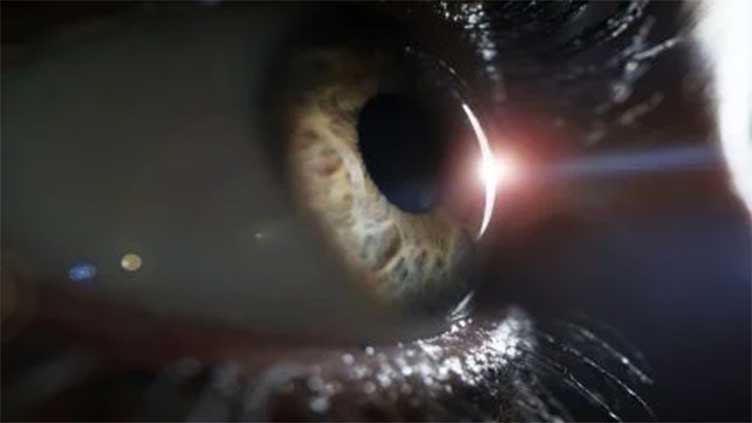Neuralink announces vision-restoring device to provide vision to blind

Technology
Blindsight a ‘breakthrough device’
(Web Desk) - The brain-chip startup of Elon Musk's Neuralink has now announced Blindsight - an experimental vision-restoring implant - which will attempt to give vision to the blind.
The company announced that the US Food and Drug Administration (FDA) on Tuesday (September 17) called Blindsight a “breakthrough device”.
With this announcement, the device entered the group of cutting-edge medical technologies which have been designed for treating serious health conditions.
Blindsight is an attempt made by Neuralink to restore the lost vision of people, even in those cases where they have lost both eyes as well as their optic nerve.
Speaking about the device on X, Musk said that this breakthrough will “enable even those who have lost both eyes and their optic nerve to see.”
However, no announcement has been made by Neuralink on the timeline for human trials.
The Blindsight device will work by implanting a microelectrode array directly inside the brain's visual cortex.
The neurons are activated by the array on the basis of input from an external camera which creates a visual image.
In theory, this technology can also provide a type of artificial vision for people who have not seen at all in their entire lives and are born blind.
This is not the first time scientists have tried such a technology. In the past, similar devices have been used to support vision in partially sighted people.
Neuralink, however, stands different from other brain-computer interface projects in trying to add more electrodes to the implant which has the possibility of increasing the vividness of the vision of the user.
But how much vision would Blindsight actually restore is still a question.



